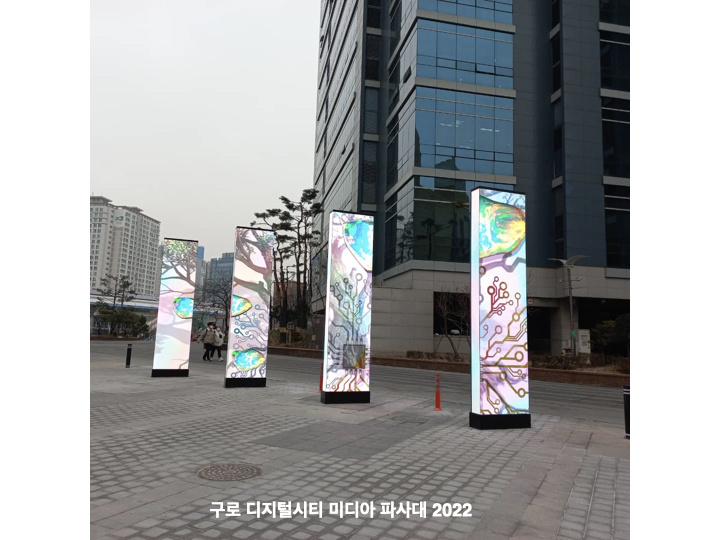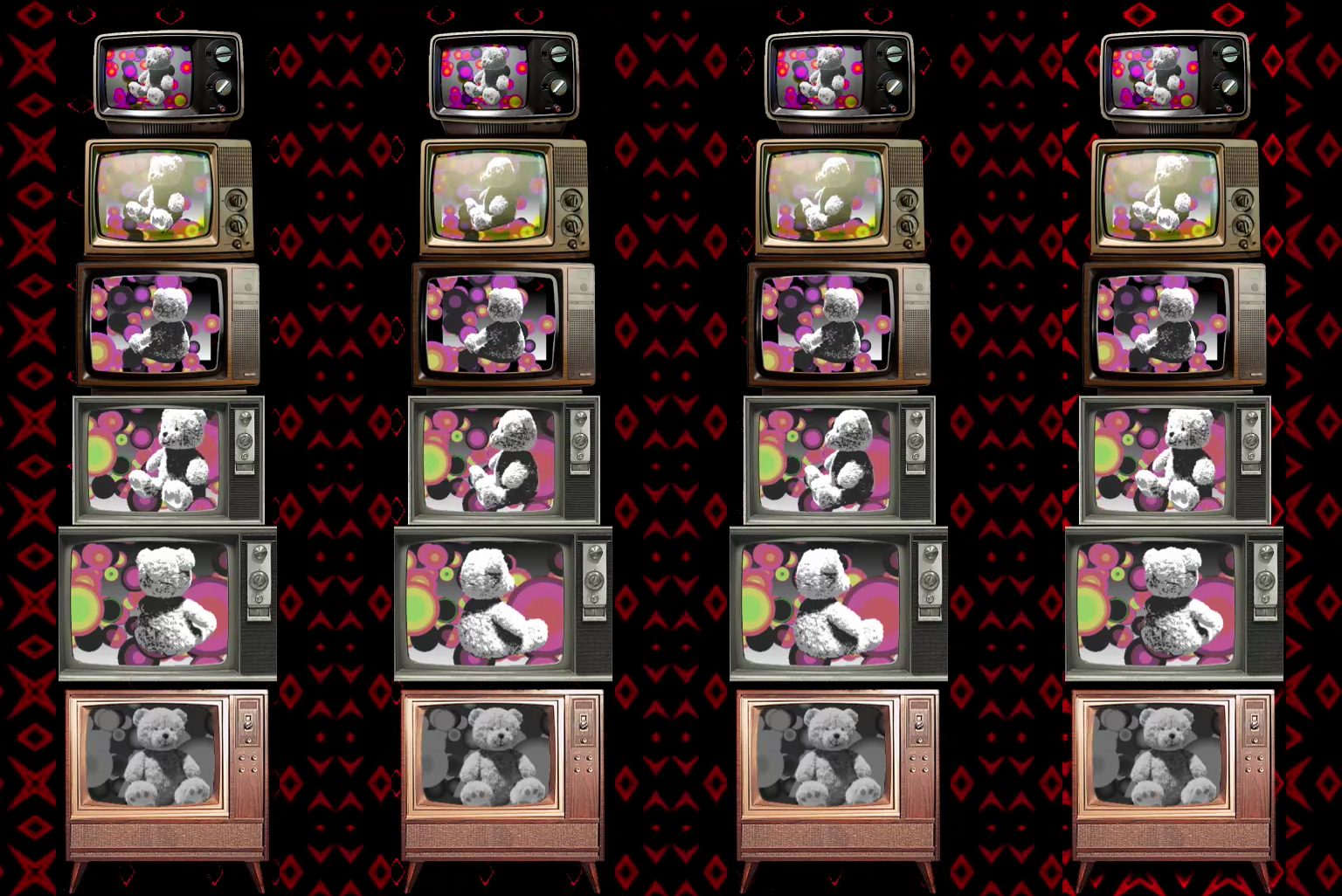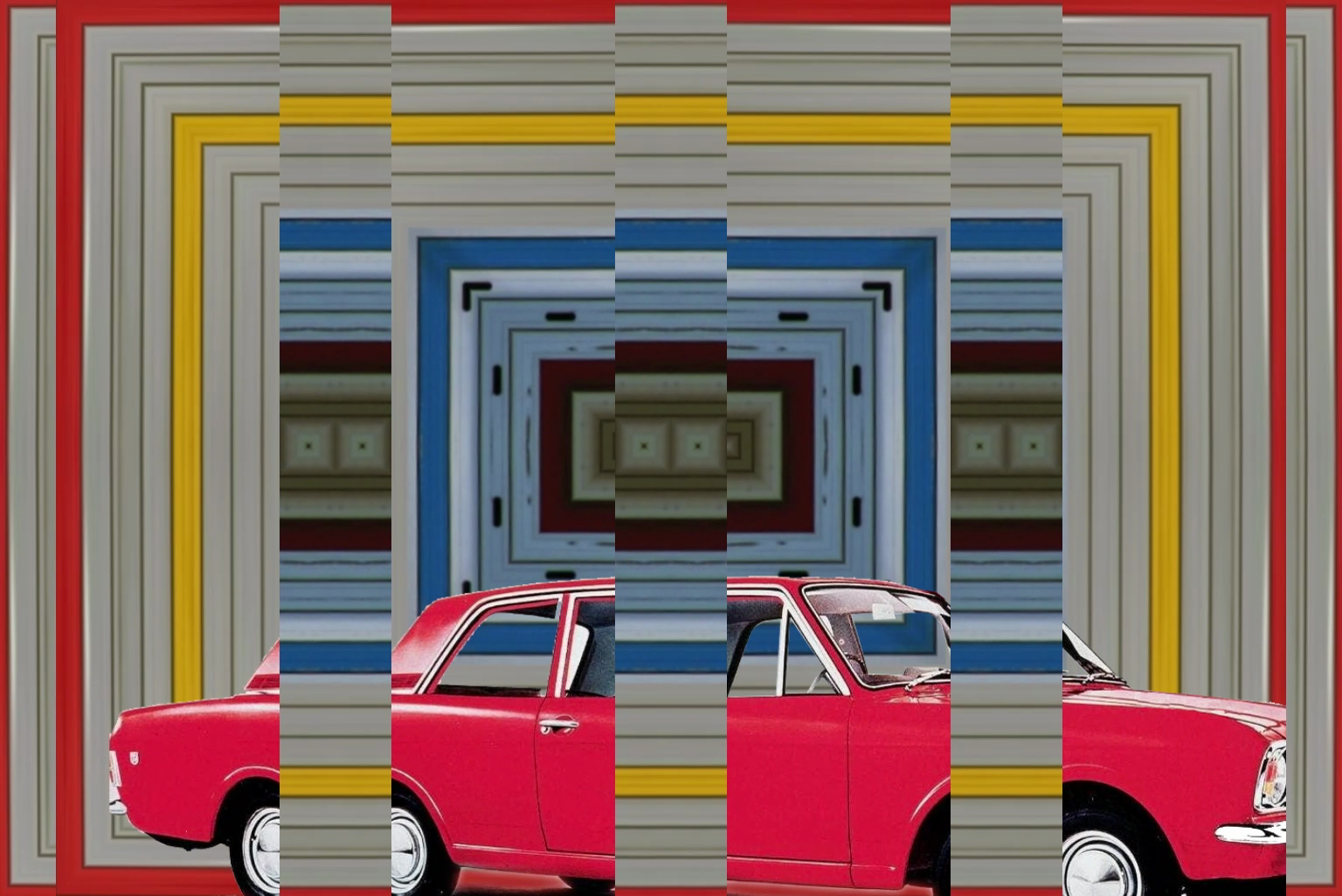RECENT WORK

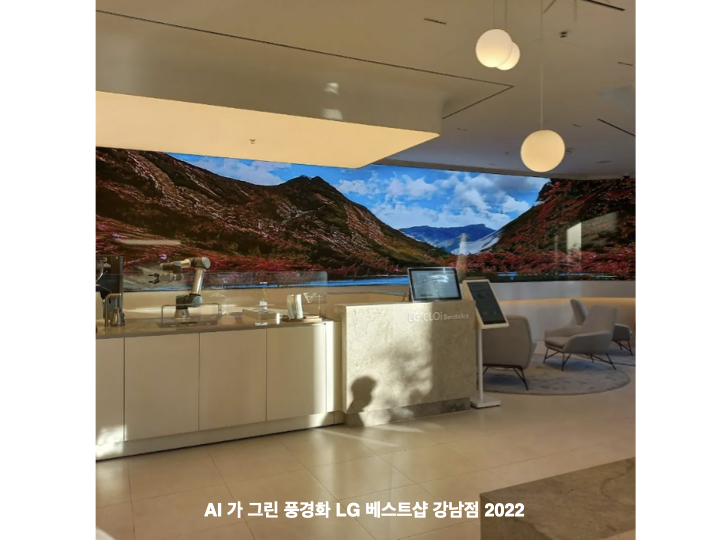

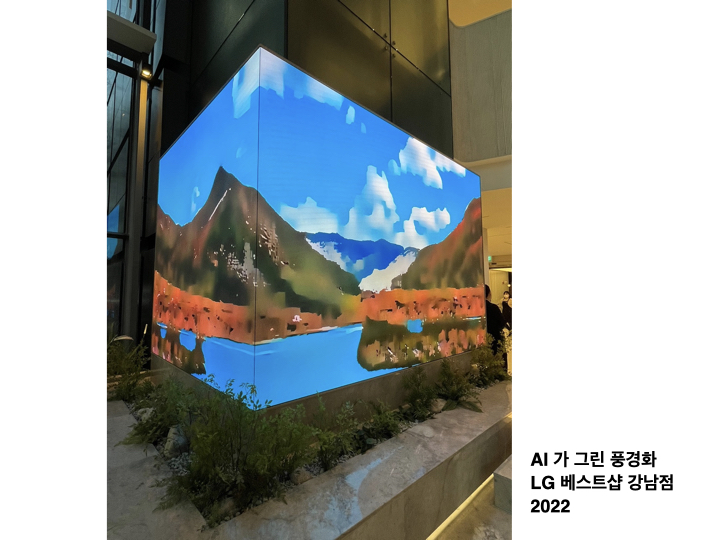
Natura Naturans 2022
AI/ML-GAN generative landscapes
LG Best Shop Flagship Store, Seoul Korea 2022
These landscapes were produced using custom datasets of 1000s of landscape images. In this work the selection of landscape images which make up the dataset corpus becomes a sort of pallette which is then used to “paint” the landscapes. This work explores how, in a world informed by vast flows of information, selection is becoming an important new form of creativity
Natura Naturans
2 minutes generative 4K video produced through machine learning using curated concatenated datasets and selective training methods.
“Nature naturing” a phrase associated with philosopher Benedict Spinoza to refer to “nature doing what nature does”
In this work, we explore the relationship between the fertility of the earth and growth of plants, including the energy of the sun and the miracle of water, which connects humanity to all life on the planet.
AI is also an expression of Nature, a mirror of Nature. This work is the product of a machine learning operations on an innovative sectional dataset where the artistic gesture goes deep into the training methods for the algorithm itself. Using photographic landscape images, we begin to understand better humanity’s relationship to nature and get a clue about how to sustainably care for the planet during an age of rapid technological progress. .
You can see some interesting “impossible landscapes” generated in the process of developing this project on our Research page
Digital Dancheong
Contents developed from traditional architectural ornamentation
Suwon Hwaseong Media Art Shows 2021 & 2022 Projection Mapping,
Jeonnam Conemporary Art Museum, installations & permanent collection
Suwon Hwaseong Media Art Shows 2021 & 2022 Projection Mapping,
Jeonnam Conemporary Art Museum, installations & permanent collection
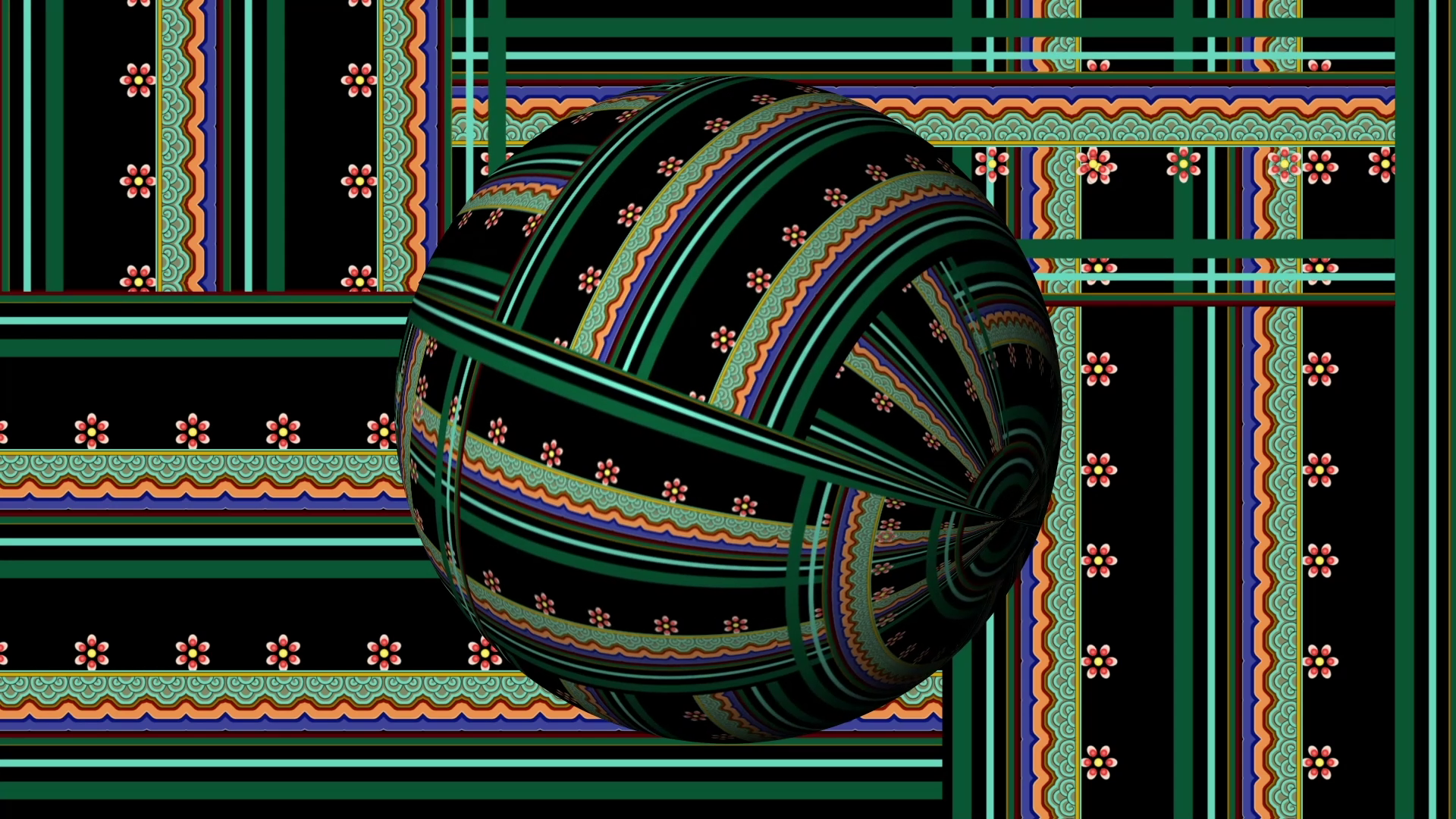


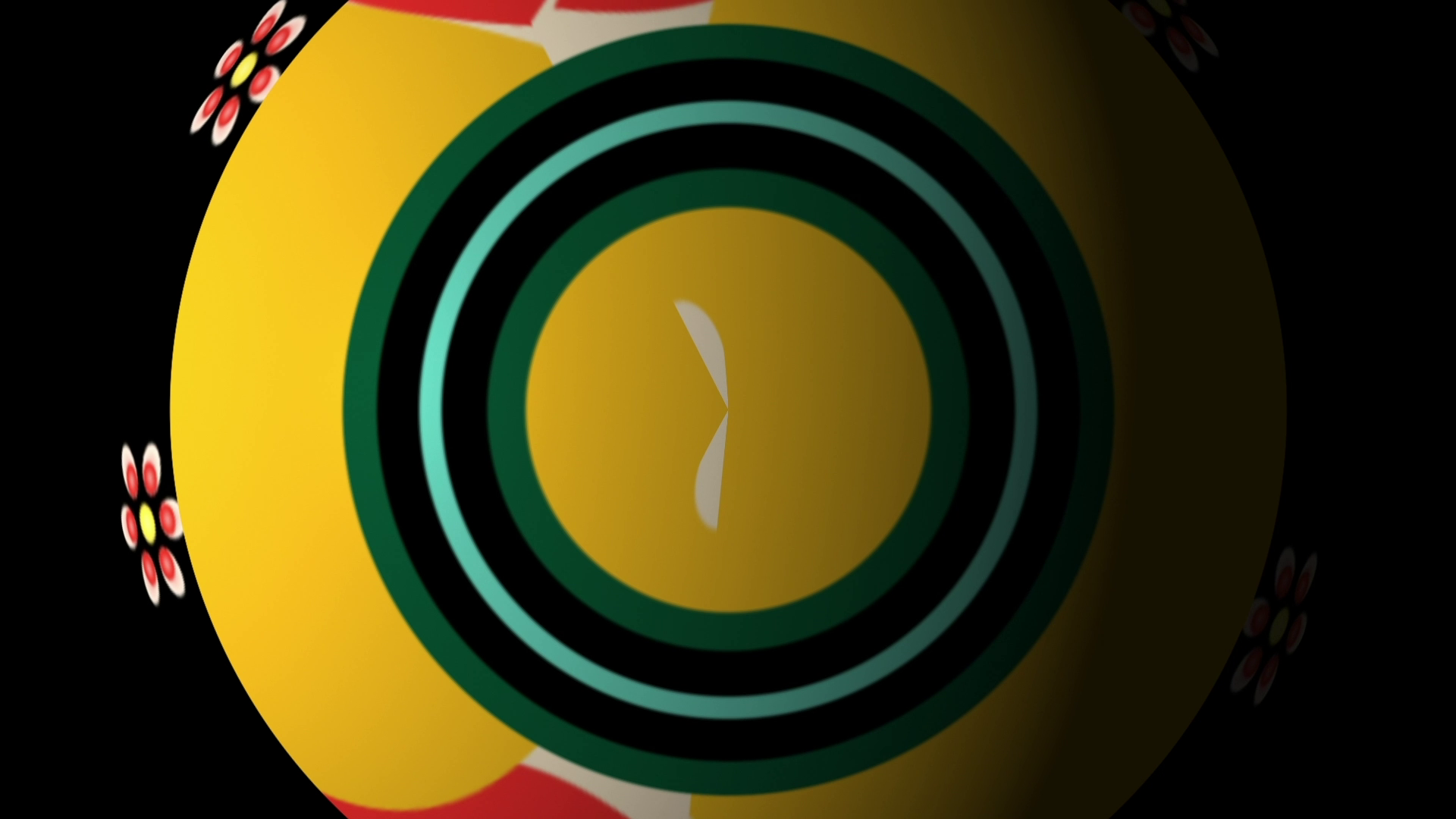
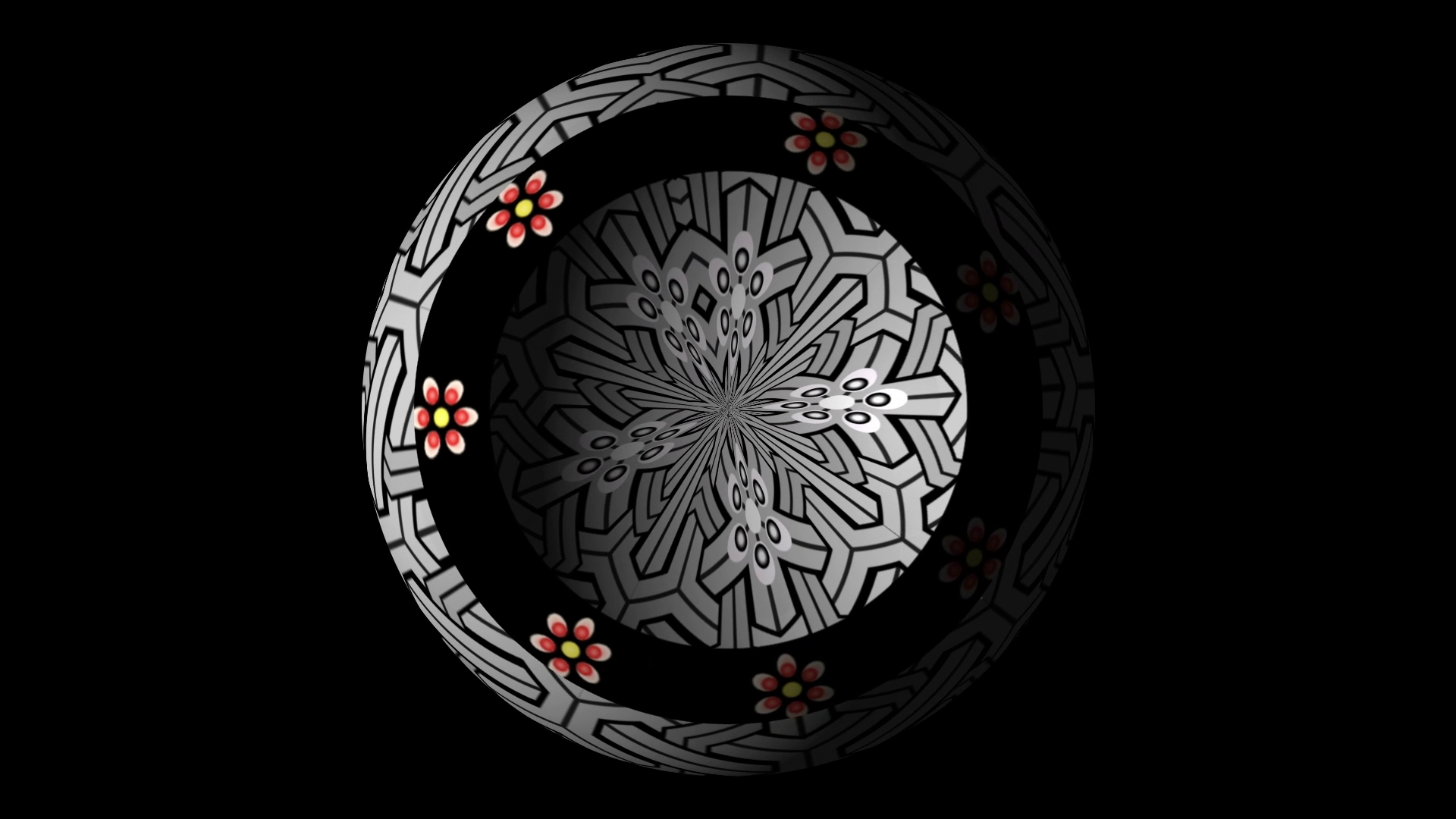
Degital DANCHUNG 2021-2022
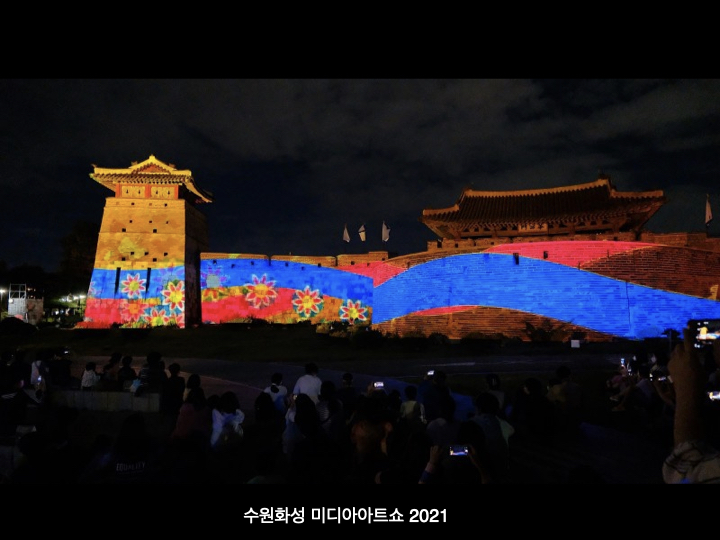
Projection mapping versions at Suwon Media Art Shows 2021 & 2022
For two instances of the the annual Suwon Media Art Show we implemented the digital Dancheong in a historical narrative projection mapped onto a UNESCO heritage treasure the Suwon Hwaseong fortress gate. The narrative traces the origin story of the gate to 헌경왕후 Lady Hyegyeong (1735-1816), the mother of King Jeongjo (1752-1800), under whose reign the gate was built.
Lady Hyegyeong wrote an important historical record of her time, which included many details of the construction of the gate which employed many construction methods which were innovative in Korea at that time. Later after the gate was damaged during the Korean war Lady Hyegyeong’s writing proved a very useful guide to the reconstruction efforts. Connecting the “technical accomplishment” narrative to Lady Hyegyeongs records, the story begins with the technology of language. 헌경왕후 has contributed much of we know today of much of the political and cultural circumstances surrounding King Jeongjo’s reign. the words flow out of her robes the patterns of her robes covers and dances across the surface to the fortress, solidifying into bricks.
In the second chapter: Jeongjo’s reign: Jeongjo brings science and tradition together as he commands the construction of the fortress , the fortress is built in rapid speed using the latest methods thanks to Dasan. We see blocks and bricks and spaces open up, a new age, and a new city: Suwon, with elements of texts encouraging people to move there. There are new schools and, importantly the 규장각 which opens out flowing streams of texts and dancheong elements from the roof structure.
Dancheong elements also stream down and outward from the two pavilions above the fortress walls. The Dancheong increasingly become more simplified and start to take on 3 dimension.
The epilogue features a futuristic scene from the very near future with an exciting combination of modernized Dancheong integrating with text elements, like a thriving illuminated skyline, but with distinctly classical elements. King Jeongjo is known for restoring the Chosun dynasty and for bringing it towards the future with a unique combination of appreciation for tradition and openness towards new learning.

Installation view Jeonnam Contemporary Art Museum Inaugural Exhibition 2021
The installation consisted of one large room with a minimalist black mirrored shrine or pagoda, ceiling mounted LED screens and ornamental figures built into the wall consisting of traffic morrors and moulding. In other spaces of the museum there were floor cusions and other media installation with colour scheme and graphism all derived from traditional Dancheong ornamentation.
The theme was “Anonymous History” a concept was borrowed from Siegfried Giedeon, where we wanted to honour the generations of forgotten traditional craftsmen who developed the Dancheong ornamental form over centureies.

The geometry of the Dancheong elements recall the geometrical flowers and other shapes to be found engraved in the surfaces of important medieval buildings in Italy, studied by Austrian philosopher Elisabeth von Samsonow. Carefully examining the “three minima” drawings of Giordano Bruno, which devolve, like many Dancheong, into hexagons and pentagons, she asserts that these do not merely have a decorative purpose but are also there to convey information between specialist builders. The Dancheong might also be a medium of communication between the anonymous craftsmen who together developed the special arts of Korean architecture and the decorative painting. These geometries and pattern-like rhythmicities convey a hybrid wisdom at once practical and philosophical.
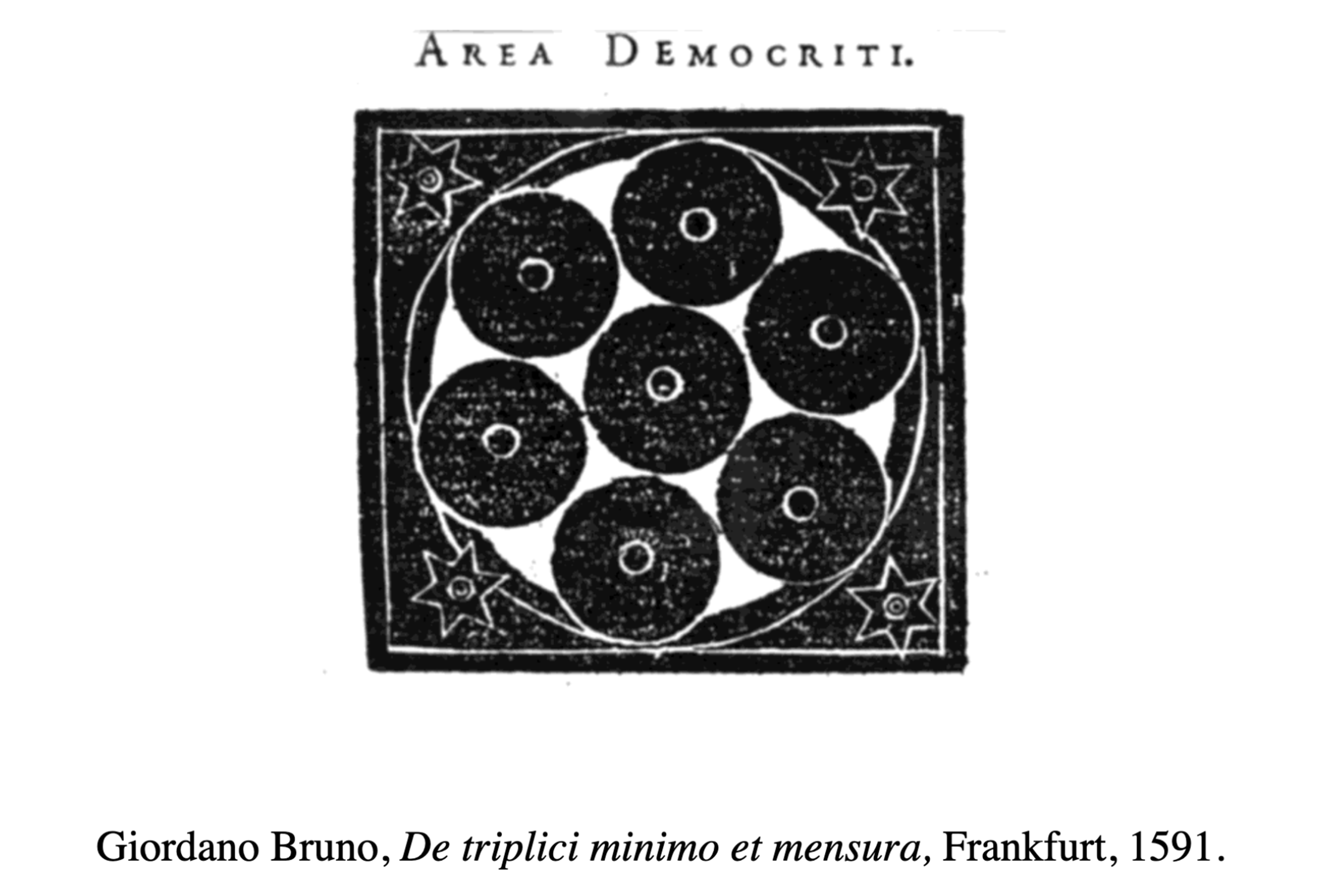
In the videos, a mathematical analysis of common dancheong shapes are extending through calculations. This allows us to produce surprising and inspiring new possibilities which are mathematically related to the traditional shapes. In this way we explore the new possibilities of the new digital age using the formal wisdom of the Dancheong master. We wanted to examine what would be a contemporary extrapolation of Dancheong, one of the transitions we examine is the one from handicraft to mass production, we want to explore how, in the modern age, old knowledge is standardized and become a kind of background pattern or grid which supports new understanding.
As they rotate and connect into new new combinations, the dancheong elements can be seen as the clockwork in a mechanical model of the cosmos. The simple shapes and colours resonate the basic physical principles of matter from ancient to quantum physics, in the transitional space between antiquity and tomorrow. The digital “Dancheong in progress” seem to open up a new space in the building, just as traditional dancheong open a space to the spiritual and cosmic realm, these digital Dancheong in progress open out onto a future of human knowledge and creativity.


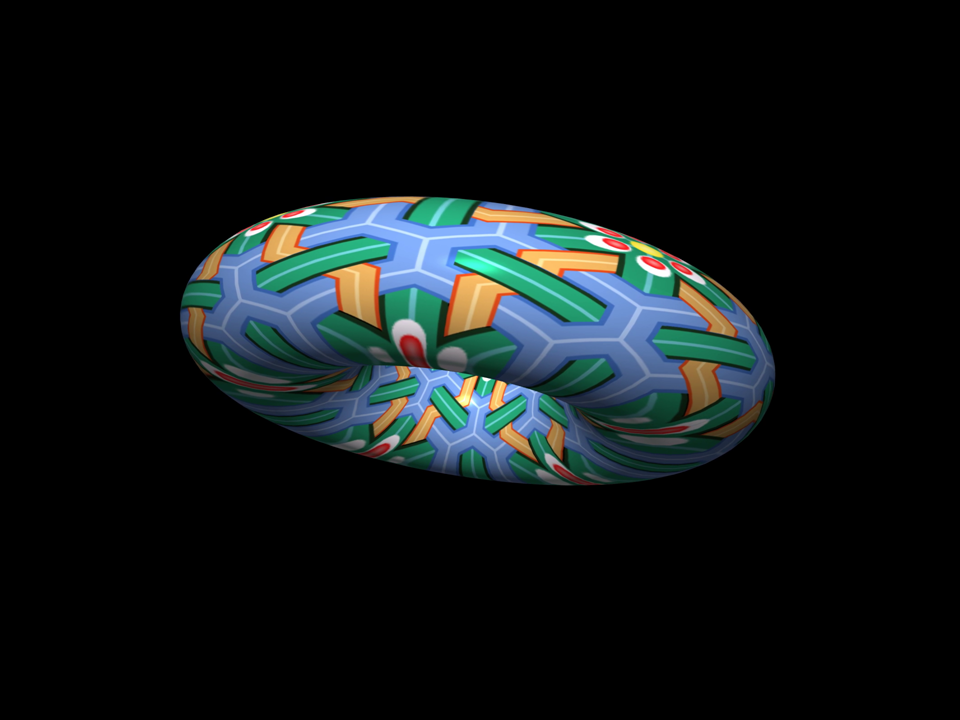
Thresholds (2022)
permanent 4 x 3-sided screen digital contents display for Guro district, Seoul 2022
12-channel video loop approx. 3 minutes.
12-channel video loop approx. 3 minutes.

